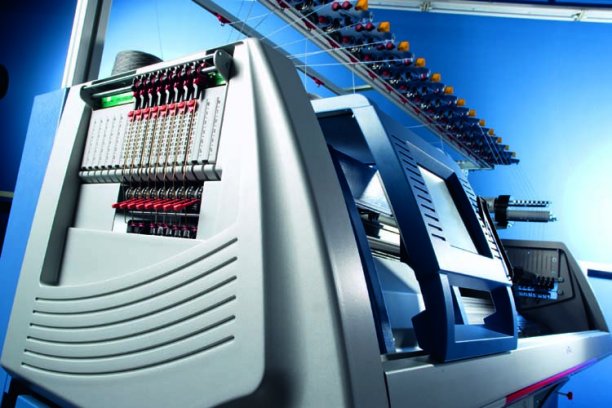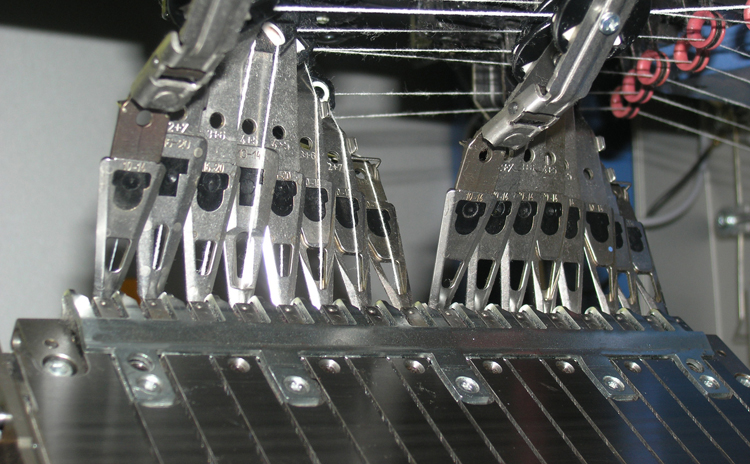
Stoll introduces new Connective Pattern Software suite
With the introduction of its Productivity Enhancement Pack (PEP), leading flat knitting machine builder Stoll says it has increased the productivity of its machines yet again and is thereby setting new standards in the production of knitwear. PEP accelerates the knitting process via increased carriage speeds and the improved possibilities offered by yarn carrier staggering at the fabric selvedge. Stoll says the custom technologies developed are energy-saving, lasting

30th March 2012
Knitting Industry
|
Reutlingen
With the introduction of its Productivity Enhancement Pack (PEP), leading flat knitting machine builder Stoll says it has increased the productivity of its machines yet again and is thereby setting new standards in the production of knitwear.
PEP accelerates the knitting process via increased carriage speeds and the improved possibilities offered by yarn carrier staggering at the fabric selvedge. Stoll says the custom technologies developed are energy-saving, lasting and thus economic.
All machines in Stoll's HP generation (high performance) can be ordered as of now with the innovative combination of machine control and the M1plus 5.5 version of its pattern software.
With PEP, Stoll says its design engineers from Reutlingen are building on the intelligent technology of the HP generation which it introduced in 2009. The company says this results in shortening of knitting run times of up to 14% and that it further reduces the run-times by an average of 4% cent with the concentration on the optimization of speed dependent processes.
For Stoll customers PEP and the reduction of the run-times means a higher yield in the number of fabric pieces produced on a machine with the same lifespan, performance and precision. Stoll says the maximum speed of the carriage movement of 1.2 m/s whilst knitting and 1.5 m/s on empty rows are often used for the positive cost/benefit ratio of PEP.

The machine control buffers the energy of the carriage when breaking and delivers it again when speeding up. PEP adjusts the maximum speed to the stitch formation processes in every knitting row and hence can use the maximum possible carriage speed in every section. "Run-time is saved and the knitter becomes a racing driver," Stoll explains.
Stoll's design engineers, under the management of Stoll development manager Michael Sedlag have exhausted every opportunity to make use of the maximum carriage speed, to optimize yarn carrier staggering and therefore to reduce the effective knitting time.

Stoll says it was a prerequisite to maintain the low mechanical stress of the machine whilst retaining low lubricant consumption at higher output. This not only saves money but also the environment, Stoll says.
Sedlag describes the results which PEP made possible as "speeds in the driving style of a responsive Formula 1 racer - not faster in the top speed, but more frequently at the limits and therefore better in the overall result."
Stoll is one of the leading manufacturers of flat knitting machines in the world and is based in Reutlingen in Germany. It was founded in 1873 and has approximately 1000 employees worldwide.
The company's flat knitting machines and pattern software which are used for the production of fashion knitwear, technical and medical textiles are exported to 70 countries worldwide.
With subsidiary companies, sales and service centres and representatives in many countries Stoll offers an integral service program. By innovative technical developments and with production concentrated in Germany, Stoll says it enables many knitting trends which are shown in its own inspiring fashion knitwear collections.

Business intelligence for the fibre, textiles and apparel industries: technologies, innovations, markets, investments, trade policy, sourcing, strategy...
Find out more